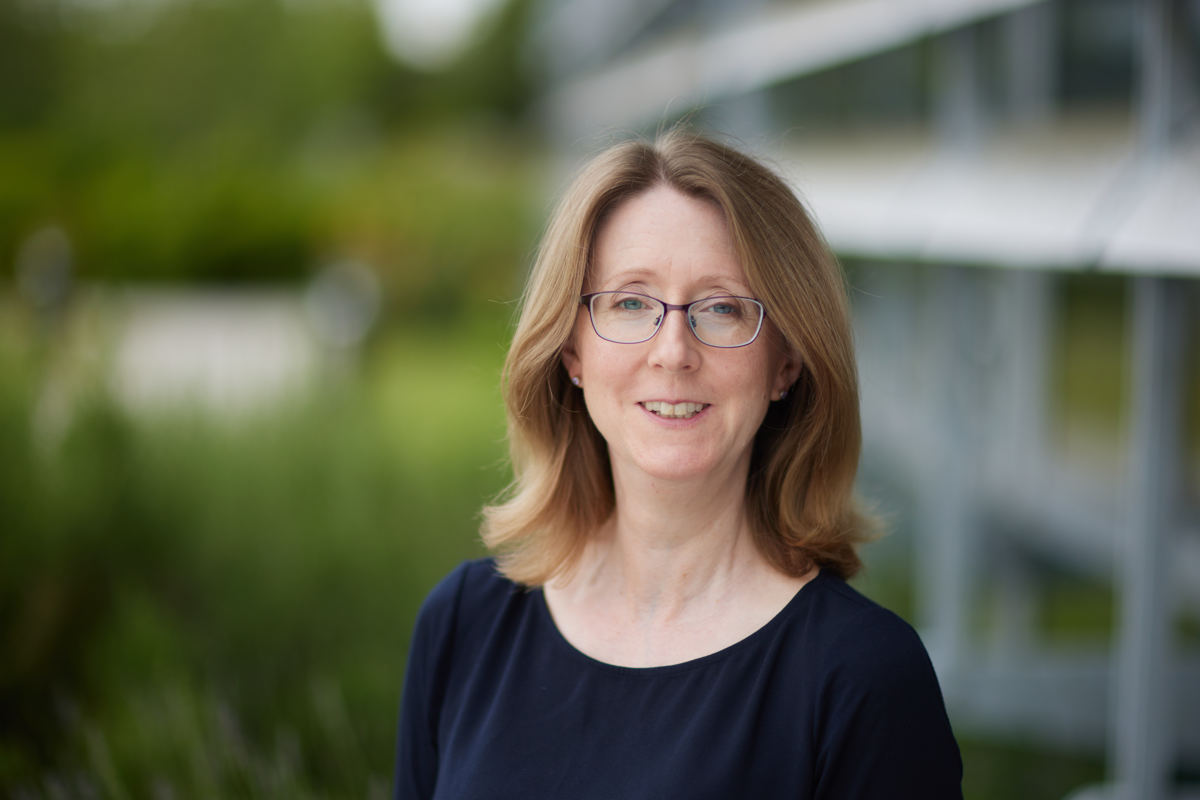What inspired you to get into ultrafast laser science?
When I was applying for PhDs after my undergraduate, my supervisor introduced me to ultrafast science with lasers. He used the back of an envelope to draw a diagram and explained the concept to me, without using any equations. Immediately I was interested. I found it very elegant that he could explain a technique that can probe and image atomic, molecular, and condensed matter physics, without the need for complex equations.
Could you tell me what your career journey has been like at the CLF and what you currently do?
I came to the CLF in 2004 and was hired to assist with building two laser systems. Then, I was offered the opportunity to help write a grant for an infrastructure project, one that would become the beginning of Artemis. At the time, it was a terrifying yet exciting opportunity. I knew the amazing science Artemis would be capable of when it was built, but I was scared the grant wouldn't get accepted. When it did get accepted, I became a post-doctoral researcher at Artemis, and eventually became project manager.
When Artemis got spun off into its own group, I became the head of Artemis, which is the position I now hold. While running the Artemis group, I have had the amazing opportunity to see the wide range of science experiments conducted here and meet lots of inspiring people. In particular, it has been a privilege to assist students from all over the world while they use the facility for research at the forefront of their fields. Currently, I am very busy with the HiLUX upgrade project, which is the exciting next step in scientific and technical advancement for Artemis.
You are a group leader at the CLF, heading up the Artemis facility. How has your leadership style evolved during your time here?
The facility isn't just the kit, it's the team of very dedicated excellent scientists. They're the ones in the lab making everything happen. Without them, Artemis wouldn't be very useful to others. The last few years have taught me how important it is to put people first, so I have evolved my leadership approach to prioritise my team.
In your career as a scientist, what are your favourite things you've done or experienced?
It's hard to decide – overall I feel very fortunate in my career journey so far. If I had to choose, I would say my favourite part of my career has been working on Artemis with my colleagues at the CLF. The science we built it to do actually works, and that's an amazing feeling. That's why the HiLUX upgrades are so exciting for me. I'm really proud of how cutting edge the science and applications of Artemis are, and the upgrade is going to expand its capabilities even more.
One of my favourite memories of my time here is when Donna Strickland came to tour Artemis. She won a Nobel Prize in Physics in 2018 for the technique that allows Artemis to do what it was built for. I can still remember being a student in a really male-dominated environment and seeing her first name on the publication she won the Nobel Prize for and realising there were actually other women in ultrafast laser science.
What are your thoughts on how we could encourage more women to pursue a career in STEM?
Over the last few years, there has been a big increase in the number of female PIs in ultrafast science. That has been great to see.
However, I also get to see how many women start careers in STEM and then leave for various reasons. The career path to a permanent position isn't easy, and it is even more difficult for those that don't have support outside of work from home and friends. To get more people from different backgrounds in STEM, I think the focus needs to be on fixing the current issues with the career path. Job security, flexibility, and a better work-life-balance would help so many brilliant people stay in STEM careers.
